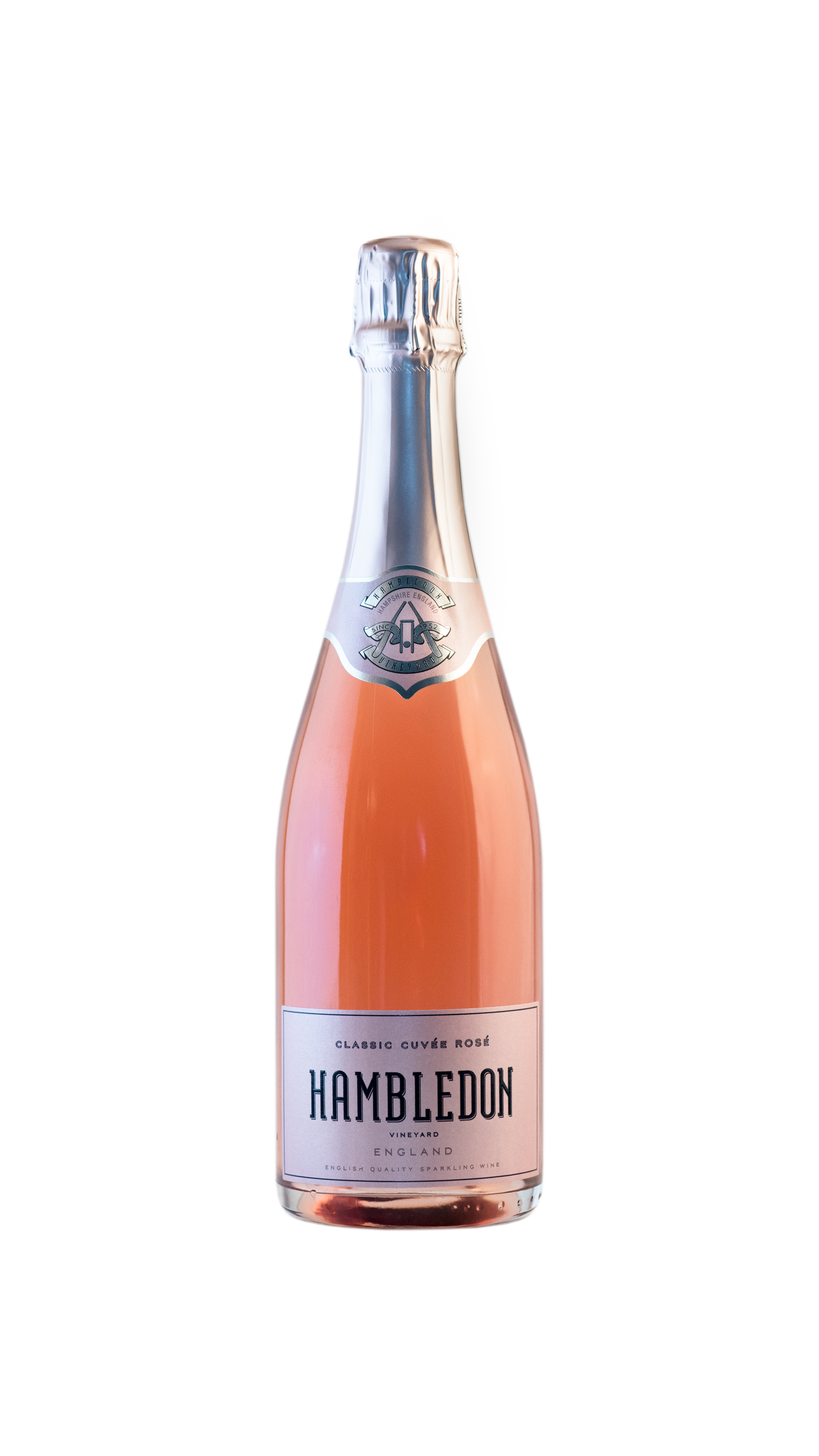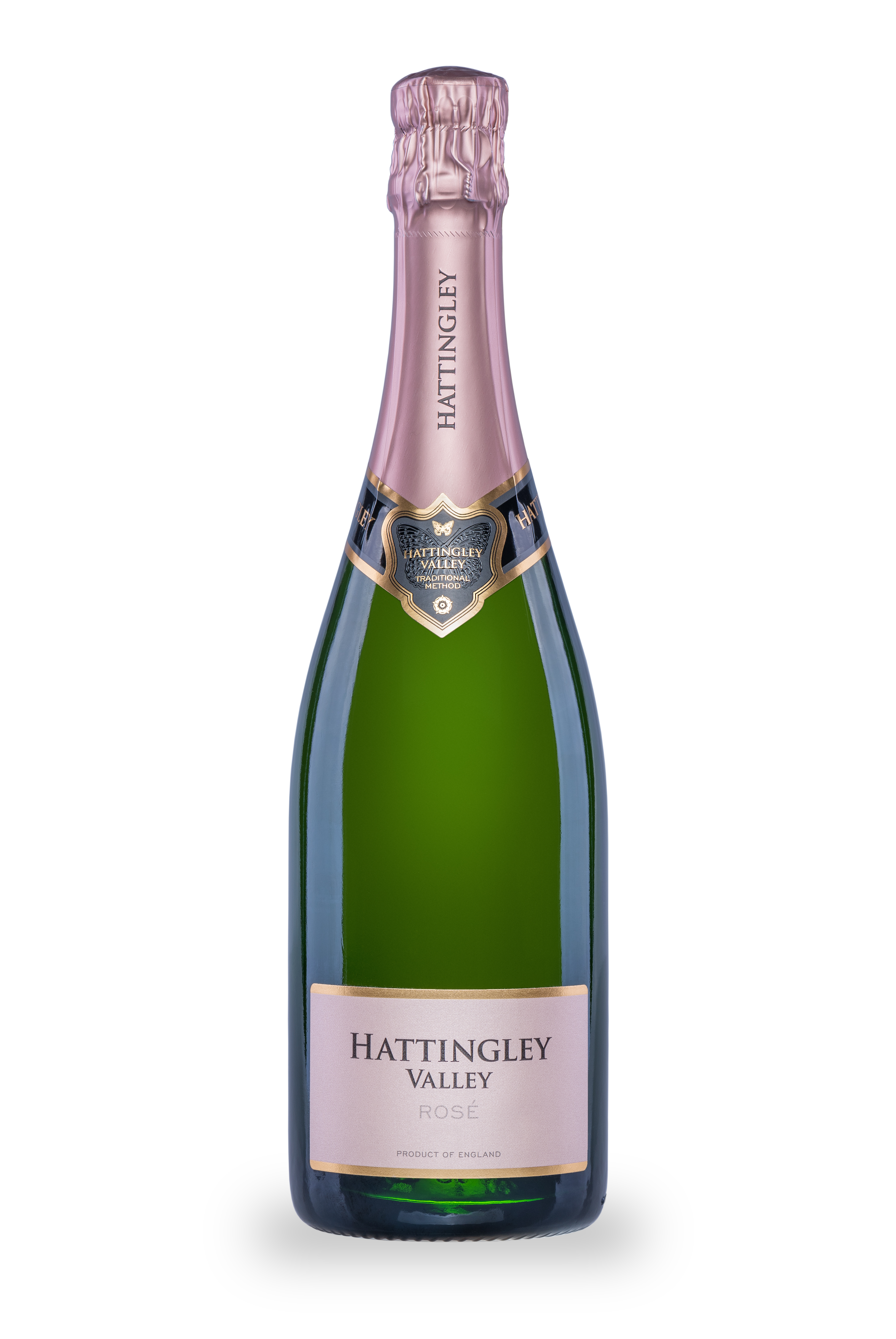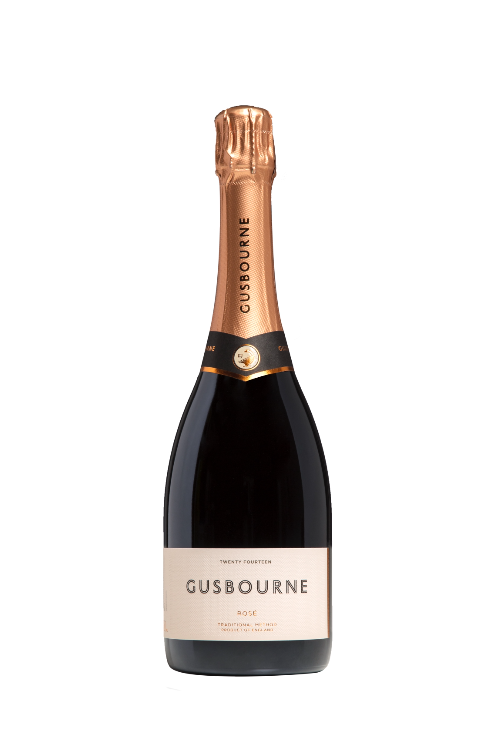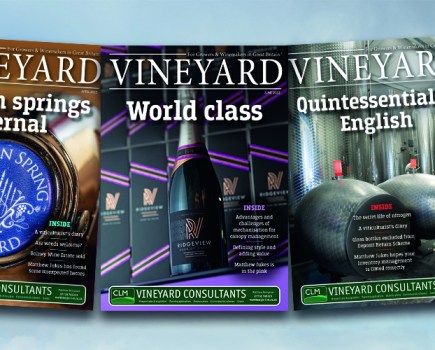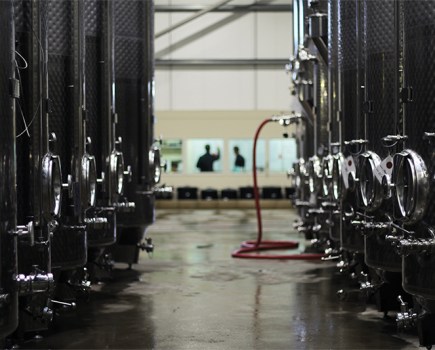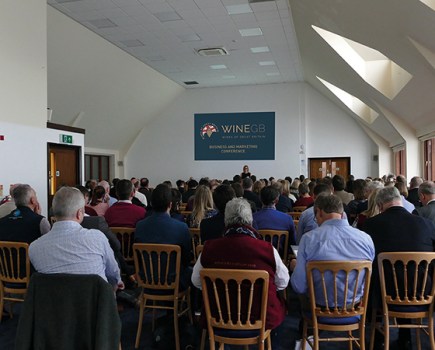With Wimbledon on the horizon and the sun beginning to pour out from behind the clouds on an almost daily basis, at this time of year our minds naturally tend towards strawberries and cream and cool glass of something pink. What better way to celebrate the iconic tennis tournament, or a beautiful summer’s day, than with an elegant English sparkling rosé?
I think that sparkling rosé is the most challenging category in the British wine scene. I remember tasting a load of wines three or four years ago and being able to pick out the duds from the colour alone. Brown is not a colour I ever want to see or indeed taste in a sparkling wine and yet lots of wines looked amateurish and dismal. Thank goodness some improvement has been made of late and very few of this year’s releases look unpalatable. A cardinal rule for sparkling rosé is that the wine must smell pink. It sounds simple but if you cannot tell that a wine is rosé (blindfolded) then what is the point? I like paler hues, of course, because dark wines often look too heavy, but I do not need to see the colour of the wine in the bottle. Please everyone in the country move to dark glass bottles if you haven’t already because ‘light strike’ is a genuine issue. If Louis Roederer realised this aeons ago with Cristal (a bottle which the name suggests is clear, but which is surrounded in a light proof wrapper) then why are we ignorantly persisting with clear glass inviting spoilage. At the recent Wines of Great Britain tasting I had to alert a few wineries to bottles which were shot to pieces – and they hadn’t even spotted it! Dermot Sugure of Wiston fame says that he cannot get his wines into green glass quickly enough. If he is saying it, then industry must listen. There is an added benefit to using green glass, too. I call it the ‘eureka moment’ when you pour the wine. Punters’ faces light up when you pour a demure, coral coloured sparkler out of a dark glass bottle. It is the shock and excitement of this moment which sets them up for the flavour. It is a warm up act in one simple move. Beyond the glass, the colour of the wine and, critically, the aroma, I promise you that if you have managed to get these elements right it is almost certainly likely that the palate will follow. An enticing rosé nose points to a top quality red wine addition and, if this is the case, whatever recipe is used to make the wine is a mere detail. Rosé sparkling wine is like casting a spell. Once the magic happens visually and aromatically you can concentrate on the blend and the finish. As you will read from my three favourite styles overleaf, the blends used are purely personal. Wineries need to use what they have growing in their vineyards remembering that they also need to make a wine which makes them happy. Perhaps this is why the top ten rosés in the country (I would add Ambriel, Camel Valley, Coates & Seely, Exton Park, Hush Heath, Ridgeview and Wiston to my three overleaf) are all such established names. Don’t for a second think that these estates got it right first time – but practice certainly makes perfect.
NV Classic Cuvée Rosé
Hambledon
£35
www.hambledonvineyard.co.uk
I admire Hambledon founder Ian Kellett’s thought process behind making this wine. He, like me, finds the majority of rosé sparkling wines on the market too lumpy, leaden-footed and clumsy and therefore he designed this wine around a chassis of pin-sharp Chardonnay. When it came to the bodywork he rewarded this wine with a dash of elite quality Pinot noir red wine. This is the recipe I would use, too, had I the chance to make this style of wine. Great rosé can only be made from great quality red wine additions and this inevitably means the best Pinot noir you have – but you only need a dribble to make it work! Harmonious, silky, refreshing and stunningly perfumed Hambledon Classic Cuvée Rosé is just that – a true classic. There is a small oak influence here on account of the Chardonnay reserve wine which, in turn, brings gravitas to the whole, but this is all about finesse and this is a wine which aced its class purely because the Kelletts made a wine which they wanted to drink and that is a very good life rule.
2014 Rosé
Hattingley Valley
£36
www.hattingleyvalley.co.uk
Hattingley’s approach to the rosé conundrum is to throw the kitchen sink at this style and by golly they have made a winner. Using a blend of 60% Pinot noir, 38% Pinot meunier and 2% Pinot noir précoce, this wine would have been a disaster if the fruit used was anything other than in perfect condition. Hattingley’s own cosmic standards have meant that they have made this wine work through determination and their own pursuit for perfection. This is a superbly vivacious rosé with great lift and freshness and the aroma is as beguiling as the finish is firm. Clearly a red grape style of rosé, you could step up to main course dishes with this wine such is its presence, but I think that this is a wine that would benefit from ageing. I am sure that the vast majority of the stock will be drunk young, because our market is not yet mature enough to release the wines with any more age, but I know that its best days are ahead of it.
2014 Brut Rosé
Gusbourne
£40
www.gusbourne.com
Gusbourne’s rosé is another fabulous wine from this fine company and this time the blend is 53% Pinot noir, 41% Chardonnay and 6% Pinot meunier. Reserved, calm, silky and gentle, this wine sits between the leaner Hambledon style and the lush Hattingley model and it shows that we are beginning to see the emergence of some superb wines in this country which embody sub-regional, blend and also house style differences. 2014 was a ripe vintage and winemaker Charlie Holland noted that they produced a red wine with natural sugars of 12.5%! This calibre of red wine is reflected in the end product, showcasing a bold, determined perfume over a buoyant palate. Unlike the Hattingley, this wine is already up to top speed and while it might not make old bones it is already ravishing.


